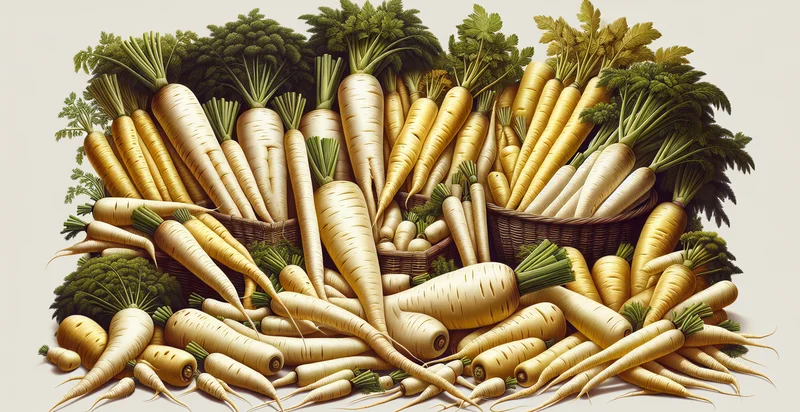Identify parsnip species
using AI
Below is a free classifier to identify parsnip species. Just upload your image, and our AI will predict what species of parsnip it is - in just seconds.

Contact us for API access
Or, use Nyckel to build highly-accurate custom classifiers in just minutes. No PhD required.
Get started
import nyckel
credentials = nyckel.Credentials("YOUR_CLIENT_ID", "YOUR_CLIENT_SECRET")
nyckel.invoke("parsnip-species", "your_image_url", credentials)
fetch('https://www.nyckel.com/v1/functions/parsnip-species/invoke', {
method: 'POST',
headers: {
'Authorization': 'Bearer ' + 'YOUR_BEARER_TOKEN',
'Content-Type': 'application/json',
},
body: JSON.stringify(
{"data": "your_image_url"}
)
})
.then(response => response.json())
.then(data => console.log(data));
curl -X POST \
-H "Content-Type: application/json" \
-H "Authorization: Bearer YOUR_BEARER_TOKEN" \
-d '{"data": "your_image_url"}' \
https://www.nyckel.com/v1/functions/parsnip-species/invoke
How this classifier works
To start, upload your image. Our AI tool will then predict what species of parsnip it is.
This pretrained image model uses a Nyckel-created dataset and has 25 labels, including Albion Parsnip, All Season Parsnip, Champion Parsnip, Colombian Parsnip, Duchess Parsnip, Field Parsnip, Giant Parsnip, Giant White Parsnip, Gladiator Parsnip and Golden Guardian Parsnip.
We'll also show a confidence score (the higher the number, the more confident the AI model is around what species of parsnip it is).
Whether you're just curious or building parsnip species detection into your application, we hope our classifier proves helpful.
Related Classifiers
Need to identify parsnip species at scale?
Get API or Zapier access to this classifier for free. It's perfect for:
- Agricultural Research: Researchers can utilize the parsnip species identifier to study the genetic diversity among different parsnip varieties. This data can aid in breeding programs aimed at improving pest resistance and crop yield.
- Food Industry Quality Control: Food manufacturers can implement this function to ensure that the parsnip varieties used in their products meet specific quality standards. By classifying parsnip species accurately, companies can maintain consistency in flavor and texture across their product lines.
- Ecological Monitoring: Environmental scientists can employ the identifier to monitor parsnip populations in various ecosystems. By analyzing species distribution, researchers can assess the impact of climate change and invasive species on native flora.
- Herbal Medicine Verification: Practitioners of herbal medicine can use the classification tool to verify the species of parsnip used in herbal remedies. Accurate identification is crucial for ensuring the efficacy and safety of herbal treatments.
- Culinary Applications: Chefs and food enthusiasts can use the identification function to select the best parsnip variety for specific recipes. This helps in maximizing flavor profiles and nutritional value while minimizing the risk of using undesirable or inedible species.
- Garden Planning: Home gardeners can benefit from the parsnip species identifier to choose appropriate parsnip varieties for their gardens based on their local climate and soil conditions. This increases the likelihood of successful growth and harvest.
- Educational Tools: Educational institutions can incorporate the parsnip species identifier into their biology or agriculture curricula. This will help students learn about plant taxonomy, agriculture, and the importance of biodiversity in ecosystems.


